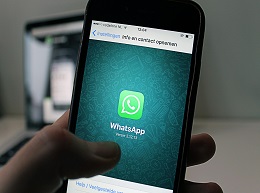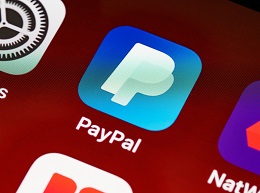story of whatsapp

Embark on the remarkable journey of WhatsApp, a messaging app that transformed communication globally. Discover the origins, challenges, and groundbreaking moments that propelled WhatsApp into becoming a household name in the realm of instant messaging
Inception: The Birth of a Chatting Revolution
In 2009, WhatsApp emerged as a brainchild of Jan Koum and Brian Acton, former employees of Yahoo!. The duo aimed to create a simple and reliable messaging platform, one that would redefine how people communicate across the globe.
Founders' Bio: Architects of Instant Connection
Jan Koum: The Visionary
Jan Koum, born in Ukraine, brought a unique perspective to the world of messaging apps. His personal experiences shaped WhatsApp's focus on privacy and direct, instant communication.
Brian Acton: The Tech Guru
Brian Acton, with a background in computer science and engineering, contributed his technical expertise to WhatsApp. His commitment to user privacy and disdain for ads laid the foundation for the platform's principles.
Challenges in the Early Days: Breaking Through Barriers
Skepticism about Messaging Apps
In a landscape dominated by traditional text messages and costly international calls, the idea of a messaging app faced skepticism. WhatsApp had to prove its value proposition in a world not yet accustomed to internet-based messaging.
Revenue Model Dilemma
The founders held firm to their belief in providing a service free from ads and subscription fees. Navigating the challenge of creating a sustainable revenue model while keeping the app accessible to all became a primary focus.
Technical Hurdles
As the user base grew, WhatsApp encountered technical challenges related to server capacity and scalability. Ensuring a seamless user experience required continuous improvements and innovations in the app's infrastructure.
Evolution: From Text to Multimedia
Cross-Platform Compatibility
WhatsApp's commitment to cross-platform compatibility allowed users to message seamlessly across various devices and operating systems, breaking down barriers and fostering widespread adoption.
Introduction of Voice Messages
The introduction of voice messaging in 2013 added a new dimension to communication on WhatsApp. Users could now convey emotions and context through spoken messages, enhancing the app's versatility.
End-to-End Encryption
In 2016, WhatsApp implemented end-to-end encryption, ensuring that only the intended recipient could read a message. This move reinforced the platform's commitment to user privacy and security.
Key Milestones: Shaping the Messaging Landscape
Facebook Acquisition
In 2014, WhatsApp made headlines with its acquisition by Facebook for $19 billion. While the move raised eyebrows, it provided WhatsApp with the resources and support to continue its global expansion.
WhatsApp Web
The launch of WhatsApp Web in 2015 allowed users to access their messages on a computer, bridging the gap between mobile and desktop experiences and catering to evolving user needs.
Status Feature
The addition of the Status feature in 2017 allowed users to share multimedia updates that disappeared after 24 hours, mirroring the ephemeral content trend seen in other social media platforms.
Legacy and Impact: Redefining Communication
WhatsApp's legacy lies in its ability to bring people closer, transcending geographical boundaries with instant and secure communication. From its humble beginnings to becoming a cornerstone of global conversation, WhatsApp has left an indelible mark on the way we connect and share.
As we explore the WhatsApp Revolution, we witness the founders' commitment to simplicity, privacy, and accessibility, shaping a platform that has become synonymous with the very essence of instant messaging—a tool that connects the world, one message at a time.






